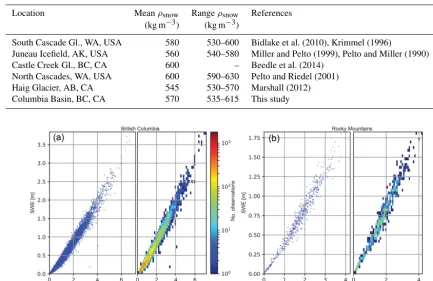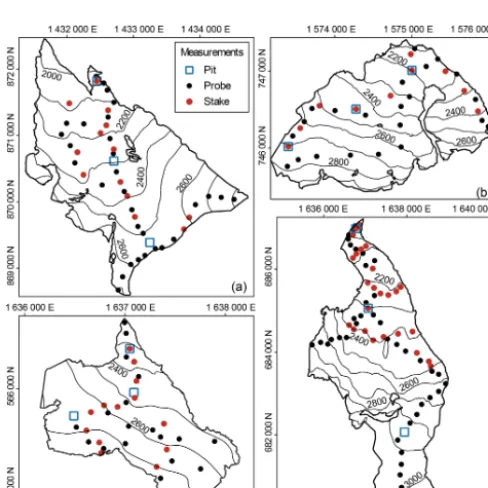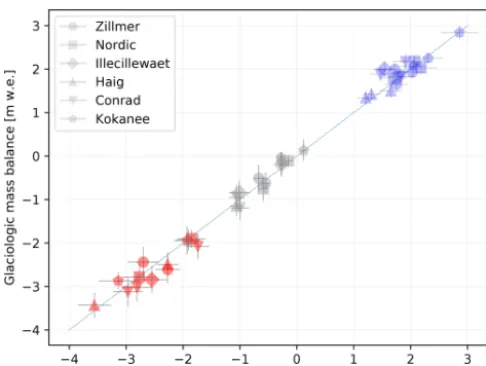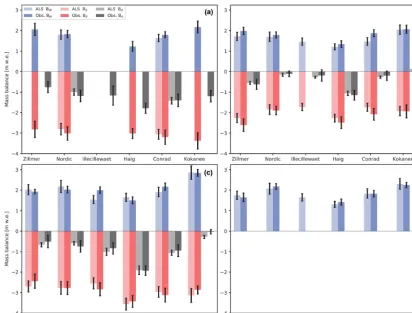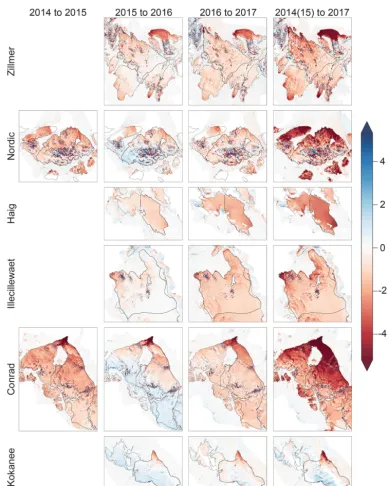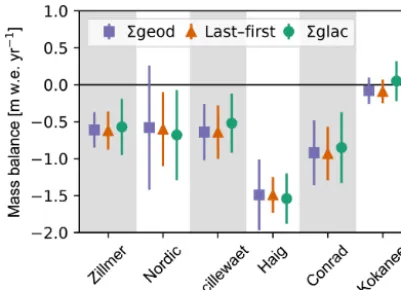Multi-year evaluation of airborne geodetic surveys to estimate seasonal mass balance, Columbia and Rocky Mountains, Canada
Full text
Figure
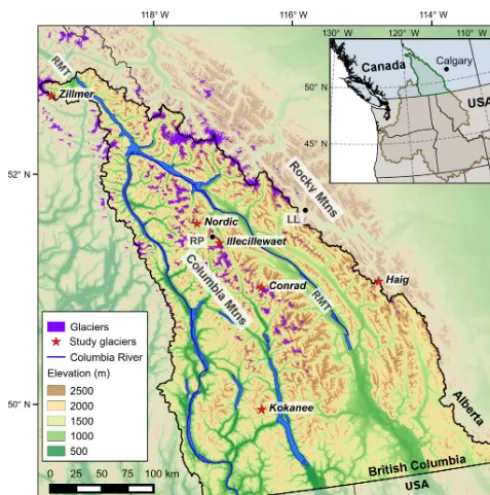
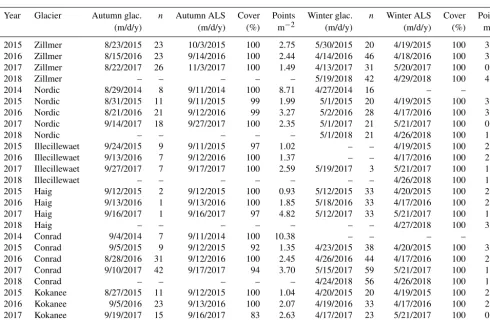
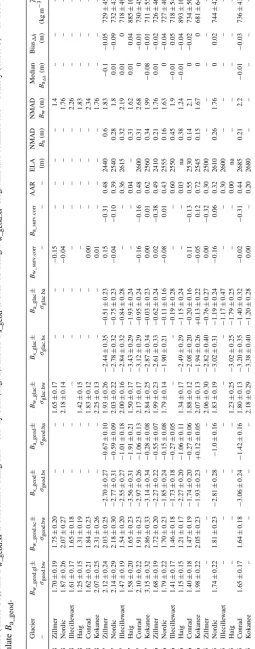
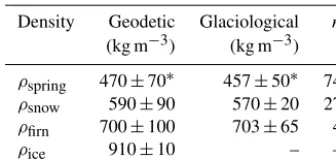
Related documents
It contains considerably less provi- sions than the legislations in the EU states and is set out in sev- eral laws – the Swiss Code of Obligations (individual employment
12 The AVERROES study, which compared the anticoagulant apixaban with aspirin, demonstrated a clinically relevant reduction in stroke or systemic embolism in patients with
These included 2 items about management of respiratory secretions: (1) providing tissues and informing patients the location of receptacles for the disposal of used tissues, and
This analysis evaluated the economic value of omalizumab in the treatment of adult patients with severe allergic asthma (step 4 GINA) in an Italian setting based on real-world data
Few-body physics has been transformational in terms of how we understand low-energy nuclear physics. The suc- cess is largely due to the existence of uncoupled few-body problems
This paper reviews the speciation of Lead which is a stable trace metal with alpha and beta particle emitting radioactive isotopes known to have drawn
Learning curve predictions from Equation (14) using numerically computed eigenvalues for the globally normalised random walk kernel are shown in Figure 3 as dotted lines for
